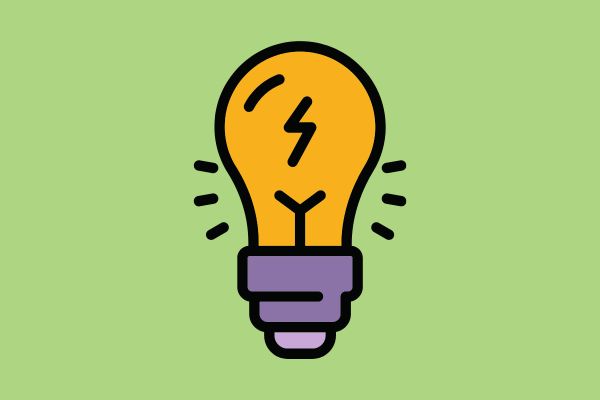Logical Reasoning Questions for CLAT 2026 | QB Set 5

Article 142 allows the Supreme Court to pass any order necessary to do “complete justice” in any case. The Supreme Court in the exercise of its jurisdiction may pass such decree or make such orders as is necessary for doing complete justice in any cause or matter pending before it…” the Article states. The Supreme Court delivered a unanimous verdict on Saturday in the Ram Janmabhoomi-Babri Masjid land dispute case. The bench invoked Article 142 of the Constitution to hand over the disputed land to a trust to be formed by the central government in the next three months, under the Acquisition of Certain Area at Ayodhya Act, 1993.
“In exercise of the powers vested in this Court under Article 142 of the Constitution, we direct that in the scheme to be framed by the central government, appropriate representation may be given in the trust or body, to the Nirmohi Akhara in such a manner as the central government deems fit,” said the order given by the five-judge bench. “Subject to the provisions of any law made in this behalf by Parliament, the Supreme Court shall, as respects the whole of the territory of India, have all and every power to make any order for the purpose of securing the attendance of any person, the discovery or production of any documents, or the investigation or punishment of any contempt of itself,” the Article adds.
1. The above argument relies on which of the following assumptions?
(a) It is necessary to bring justice to various deprived sections of society or to protect the environment,
(b) Lawyers and the public have, over the years, become skeptical of the Act’s application, as it created uncertainty of when and how it may be applied to deprive individuals of their rights.
(c) It is to be ensured that a wrong committed must be remedied.
(d) None of the above
2. Which of these options strengthens the conclusion of Article 142?
(a) It said that since the court’s power under Article 142 “is not limitless”, it “embodies both the notion of justice, equity and good conscience as well as a supplementary power to the court to effect complete justice.
(b) In fact, it wasn’t just for the Muslim parties that the SC invoked Article 142. The same article was invoked in the case of the Nirmohi Akhara, who were party to the case.
(c) The Supreme Court had powers under Article 142 of the Constitution of India to grant extraordinary relief and the high court did not have any such constitutional power.
(d) All of the above
3. Which of these options describes the argument?
(a) What is now prevalent is that the Supreme Court passes orders under cover of Article 142 even in cases where the law may not support its position or may not provide for such relief.
(b) When the Supreme Court has to decide difficult cases where adequate laws may not exist, or existing laws may not be adequate, in order to deliver complete justice.
(c) The Supreme Court was not given a free hand is decision taking under Article 142
(d) Both (a) and (b)
4. Which of the following, if true, would most strengthen the content in the article?
(a) The Supreme Court passed directions under Article 142 under a belief that it was necessary to do so because of the complex story of the dispute which involved religion, history and law and because it felt that the current laws were inadequate to deal with such complexities.
(b) The conflict of the constitutional provision with the statutory provision forms the subject matter of the following head, with a discussion on a few instances where the power under article 142 was exercised in contradiction with the statute.
(c) There have been instances where the opinion of the Supreme Court with regard to “complete justice” has come to be at loggerheads with the law already laid down.
(d) None of the above
5. What is the discrepancy in the given argument?
(a) The Court does not exercise the power to override any express statutory provisions. The power under the mentioned article is meant to supplement, and not to “supplant” substantive law applicable to the case under consideration.
(b) Any judicial decision of such nature may not only be looked upon as a deliberate measure to extend the influence of the Judiciary over the Legislature, but also raises stark questions as to justice being fair and impartial.
(c) Complete ignorance of the substance of any statutory law, even if in the interest of the ambiguous “complete justice”, would amount to an unfair proceeding towards the person against whom the extraordinary power has been exercised.
(d) All the above.
Answers & Explanations
1. Ans. a
Sol. The provision that vests sweeping powers in the Supreme Court for the end of ensuring “complete justice” has been used generally in cases that involve human rights and environmental protection.
2. Ans. c
Sol. This is a very wide power granted to the Supreme Court which allows it to mould any relief in a way that its orders become more effective if it feels that doing so would be in the interest of justice and equity. In exercising this power, the Supreme Court may pass any directions in its wisdom which otherwise may not have been provided for in law or asked for by the parties before it. The philosophy behind this is that justice should not only be done but it should also appear to be done.
3. Ans. d
Sol. In the Ayodhya judgment, the Supreme Court thus described its power under Article 142 — “The phrase ‘is necessary for doing complete justice’ is of a wide amplitude and encompasses a power of equity which is employed when the strict application of the law is inadequate to produce a just outcome. The demands of justice require a close attention not just to positive law but also to the silences of positive law to find within its interstices, a solution that is equitable and just. The legal enterprise is premised on the application of generally worded laws to the specifics of a case before courts.
4. Ans. d
Sol. Any conflict between the existing law and the existence of discretion to deviate raises obvious questions as to how complete justice” is to be ensured.
5. Ans. a
Sol. Option (a) Criticism stems from the proposition that it is the role of Legislature to amend the existing law and if the apex court uses its extraordinary power under Article 142(1) to decide a case and simultaneously create a new law, it may risk interfering with the functioning of the legislature.
Calling all law aspirants!
Are you exhausted from constantly searching for study materials and question banks? Worry not!
With over 15,000 students already engaged, you definitely don't want to be left out.
Become a member of the most vibrant law aspirants community out there!
It’s FREE! Hurry!
Join our WhatsApp Groups (Click Here) and Telegram Channel (Click Here) today, and receive instant notifications.





